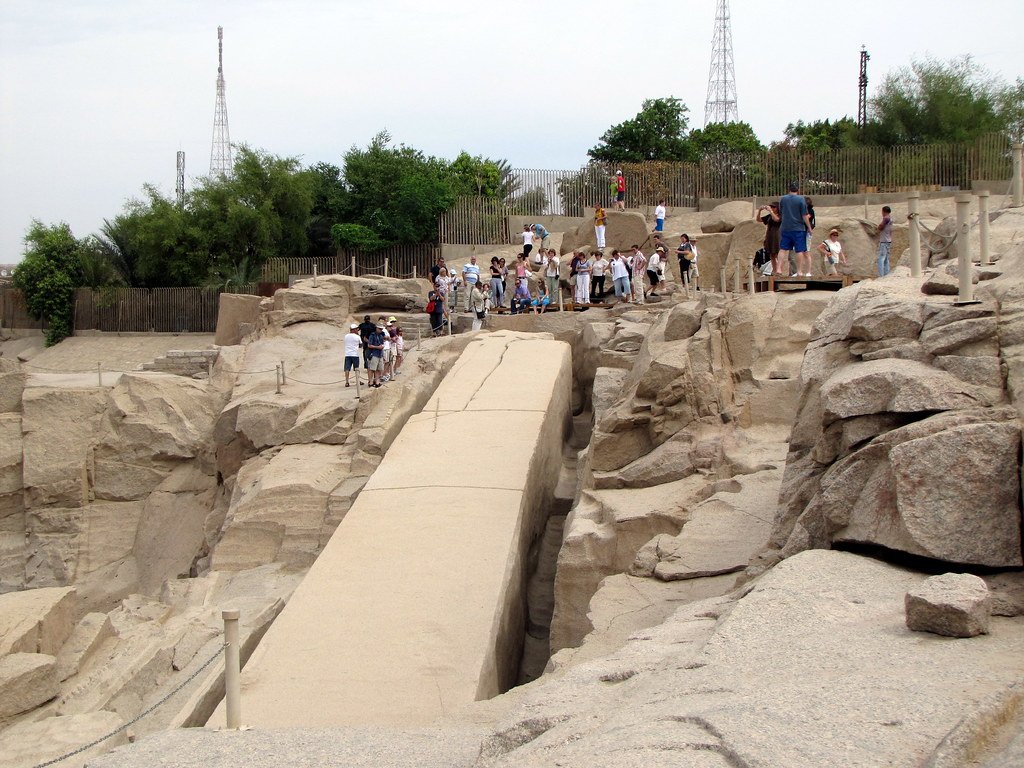Picture this: you’re no bigger than a modern house cat, living in a world dominated by creatures that could swallow you whole without thinking twice. Every day is a calculated risk, every night a desperate game of survival. Welcome to the extraordinary world of Mesozoic mammals, where being small, fast, and clever wasn’t just an advantage – it was literally a matter of life and death.
Recent discoveries have shattered our old assumptions about these remarkable creatures. Far from being cowering victims hiding in the shadows, some of these tiny mammals were bold enough to hunt dinosaurs three times their size. This is the captivating story of how the most unlikely underdogs not only survived but thrived in the most dangerous era Earth has ever known.
The Great Nocturnal Revolution
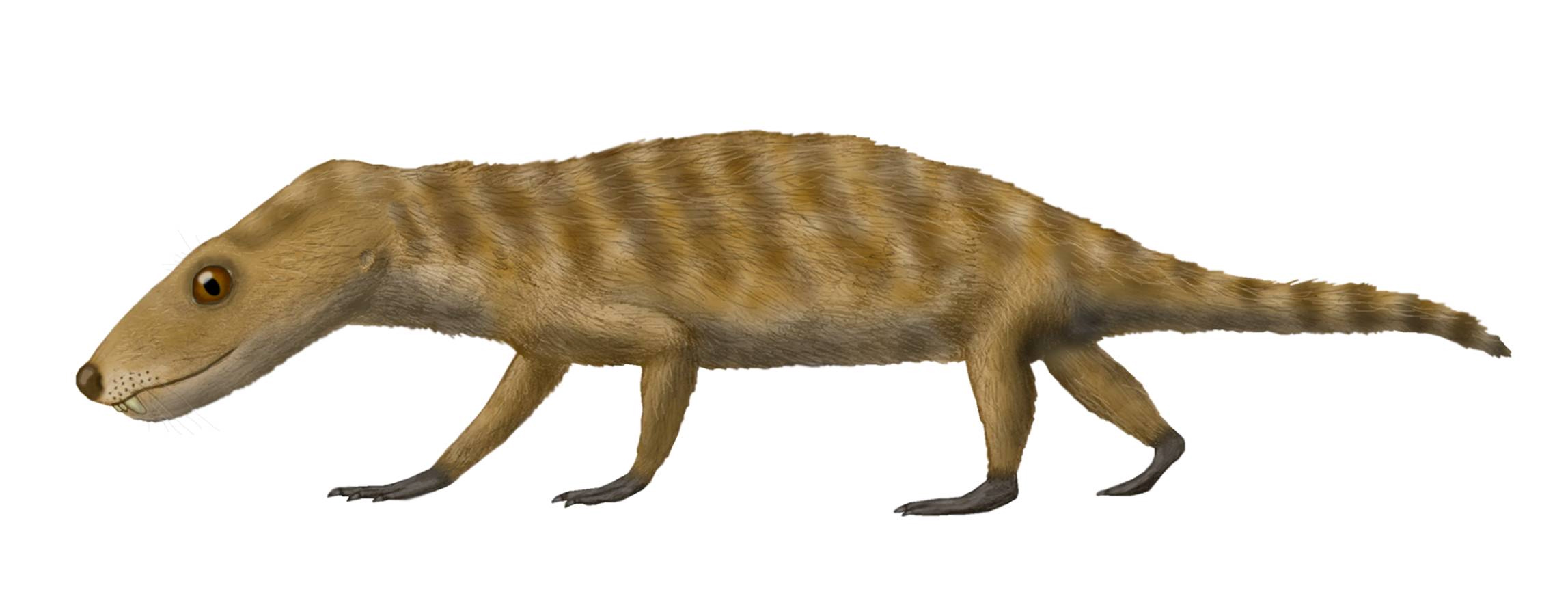
You might think darkness was the enemy of early mammals, but it turned out to be their greatest ally. The nocturnal bottleneck hypothesis suggests that placental mammals were mainly or even exclusively nocturnal through most of their evolutionary history, from their origin approximately 200-220 million years ago during the Late Triassic to after the Cretaceous–Paleogene extinction event, 66 million years ago. This wasn’t just a lifestyle choice – it was brilliant evolutionary strategy.
The surviving cynodonts could only succeed in leftover niches with minimal competitions from the more dominant, diurnal dinosaurs, evolving into the nocturnal, small-bodied, insectivorous and granivorous dwellers of the forest undergrowths. Think of it as the ultimate game of hide and seek, where the stakes were survival itself.
Built for Speed and Stealth
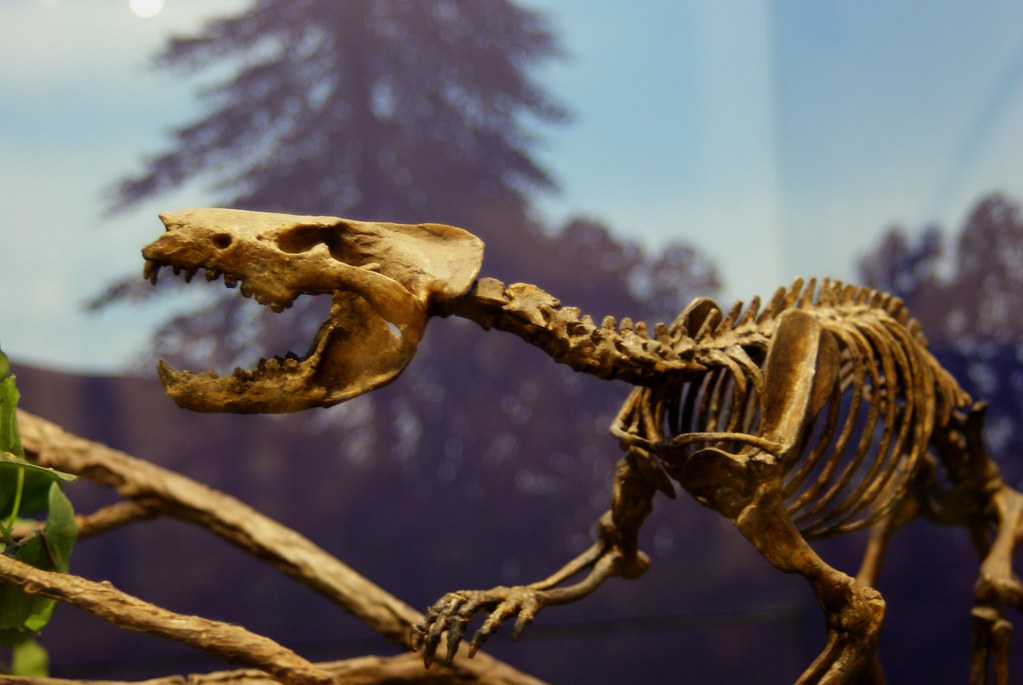
Early mammals had to be clever to survive in a world filled with giant dinosaurs. They likely used a combination of agility, cleverness, and nocturnal habits. These small creatures were often active during the night, which helped them avoid predators. Their bodies were perfectly engineered for this dangerous lifestyle.
Unique type of brown adipose tissue, allowing mammals to generate heat quickly. Mitochondria with respiration rates five to seven times higher than those of reptiles of similar size. Fur to assist in thermo-regulation in a cold (night) environment. These weren’t just random features – they were survival superpowers that gave mammals the edge they needed.
The Badger That Dared to Hunt Dragons
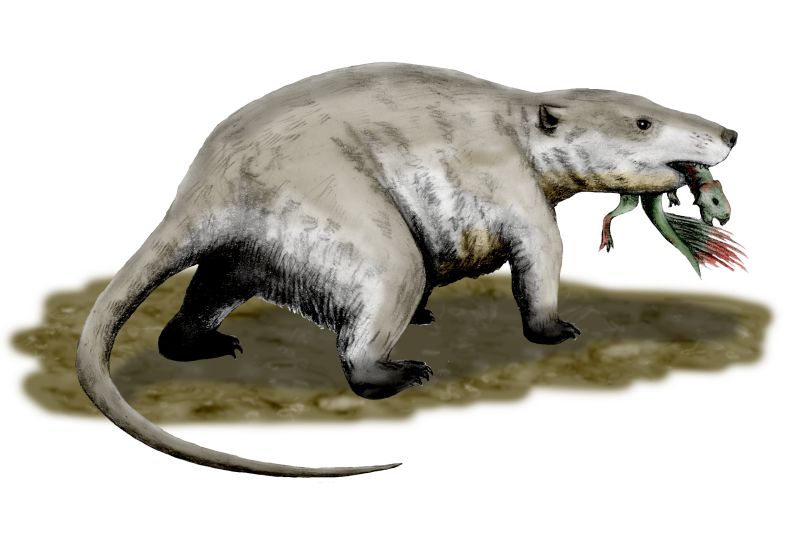
Meet Repenomamus robustus, perhaps the most audacious mammal that ever lived. Dating to the Cretaceous Period, the dramatic fossil unearthed in northeastern China shows the four-legged mammal Repenomamus robustus – the size of a domestic cat – ferociously entangled with the beaked two-legged dinosaur Psittacosaurus lujiatunensis, as big as a medium-sized dog.
During the Cretaceous period 125 million years ago, a ravenous Repenomamus, an ancient mammal the size of an opossum, pounced on an unsuspecting Psittacosaurus – an herbivorous dinosaur more than three times its size. As the animals grappled, one of the mammal’s hind legs was pinned below the dinosaur as its front paw grasped the dinosaur’s beak. And the Repenomamus was sinking its teeth into the reptile’s ribcage.
Evidence Written in Stone
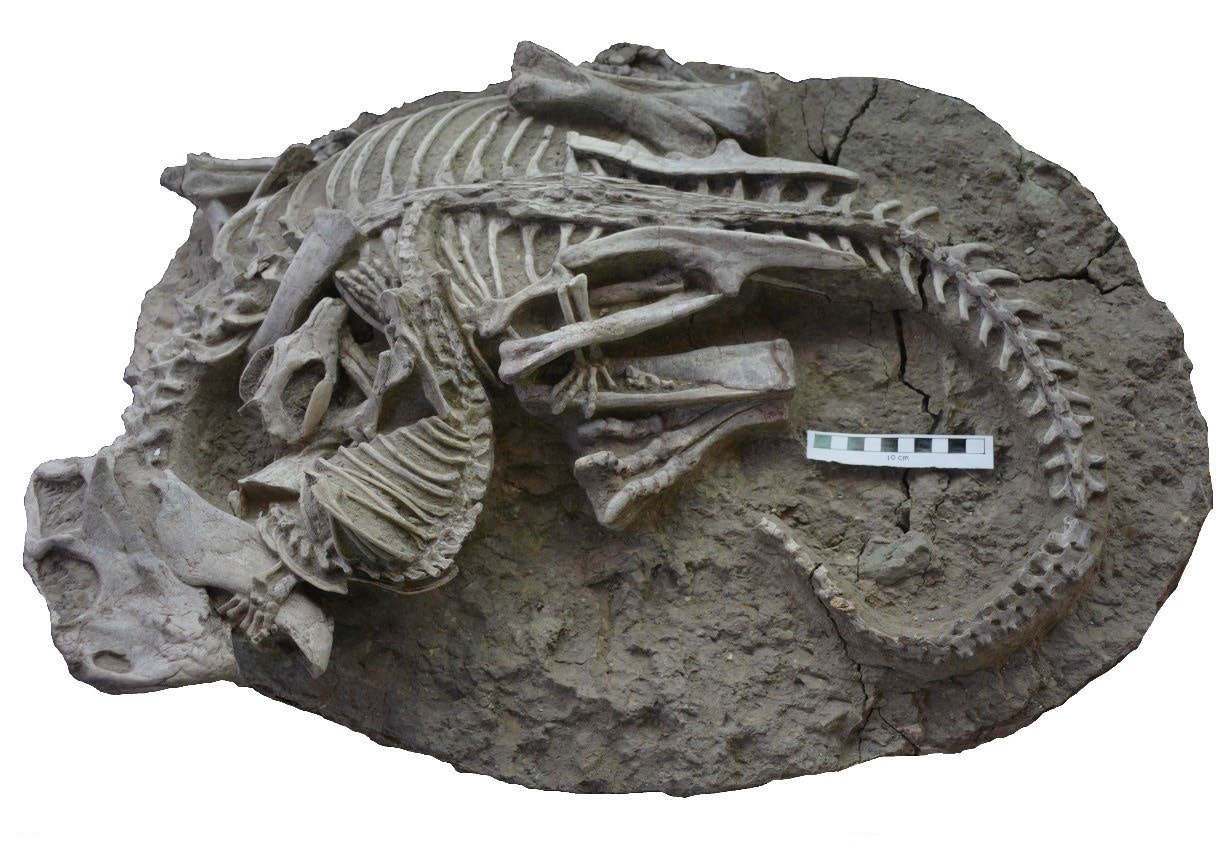
The extent of their entanglement and lack of other bite marks on the dinosaur’s skeleton indicates that the mammal was not scavenging on the dinosaur’s carcass. “The weight of the evidence suggests that an active attack was underway,” Dr. Mallon said. This wasn’t opportunistic scavenging – this was active predation.
The clutching hands and feet of the mammal, its biting jaws, and its position atop the dinosaur indicate that the mammal was clearly the aggressor in the preserved interaction, in agreement with the inferred carnivorous lifestyle of Repenomamus robustus. Every detail of the fossil tells the same incredible story: David was attacking Goliath.
When Giants Walked the Earth by Day
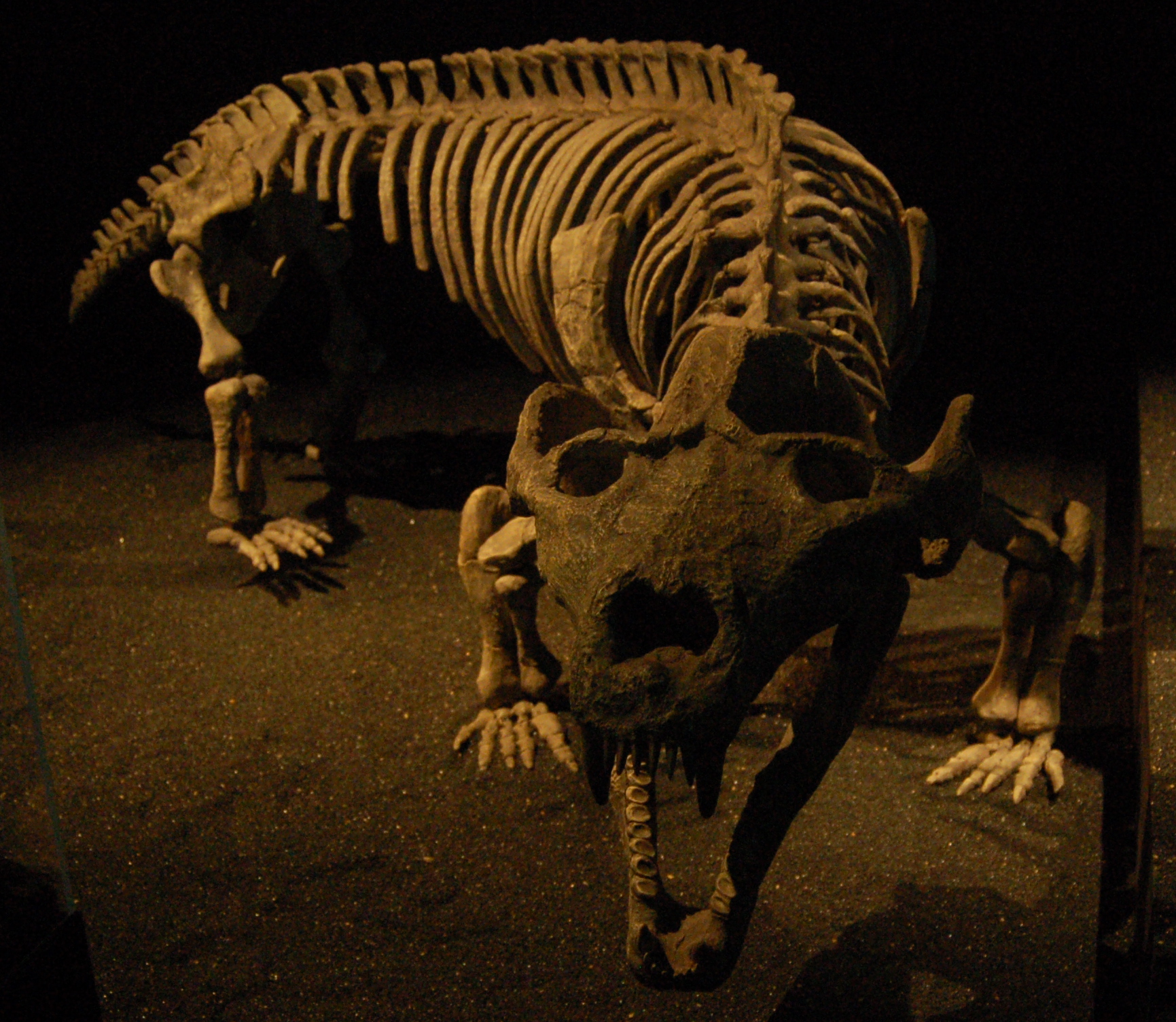
Although mammals were present during much of the 185 million years of the Mesozoic Era, all were small-bodied, none larger than living cats. They were probably nocturnal in their habits. But this limitation became their superpower when the sun went down.
The smaller an animal, the less food it needs in relation to its size, and the easier it becomes to hide and run. This leads to less competition and fewer encounters with predators. Being tiny wasn’t a disadvantage – it was the key to survival in a world of monsters.
The Night Hunters’ Secret Weapons
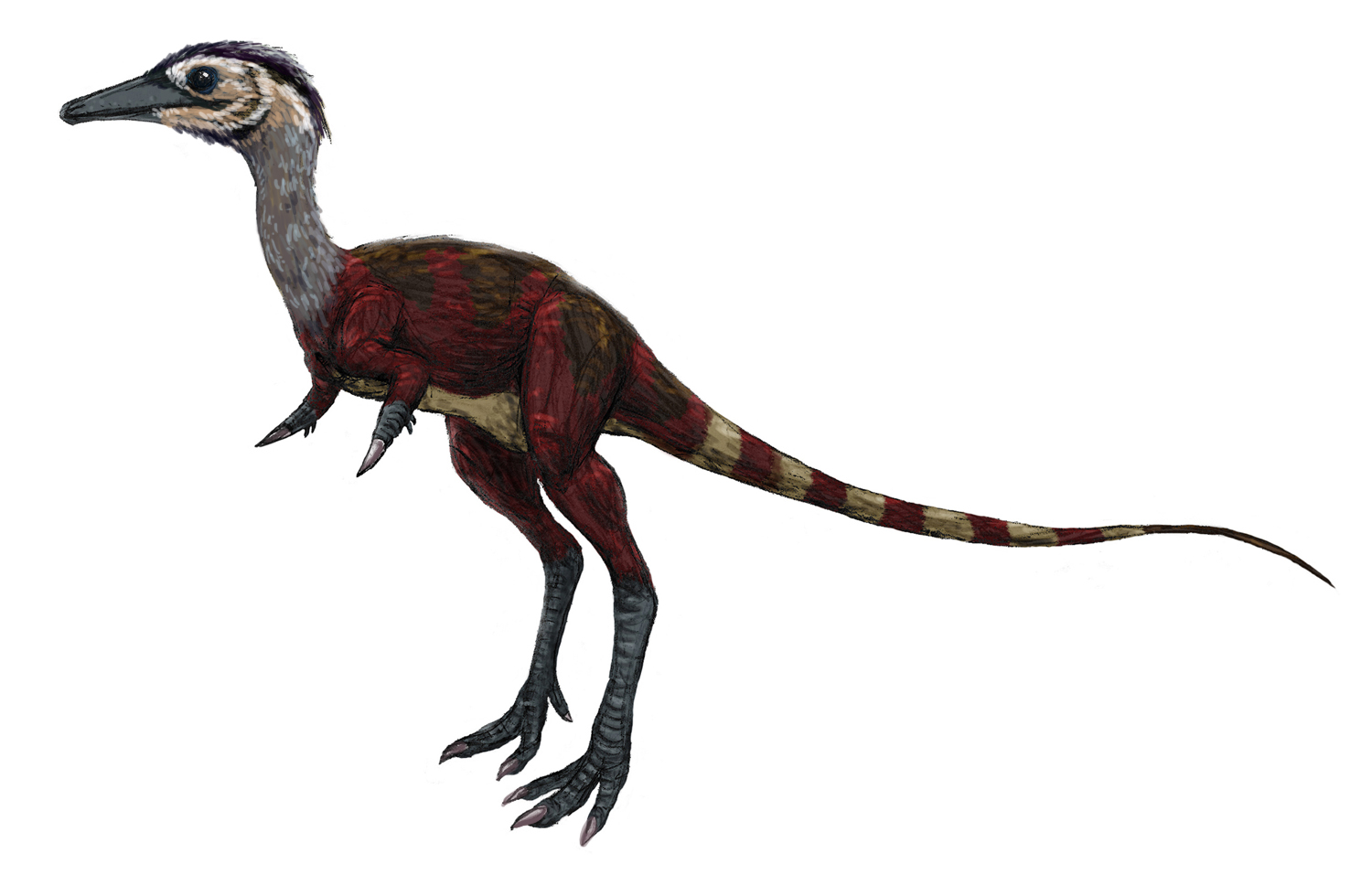
Some mammals developed extraordinary sensory abilities that would make modern predators jealous. Two fossil species – Haplocheirus sollers and Shuvuuia deserti – likely had extremely good night vision. But our work also shows that S. deserti also had incredibly sensitive hearing similar to modern-day owls. This is the first time these two traits have been found in the same fossil, suggesting that this small, desert-dwelling dinosaur that lived in ancient Mongolia was probably a specialized night-hunter of insects and small mammals.
Our scans showed that S. deserti had an extremely elongated inner ear canal for its size – also similar to that of the living barn owl and proportionally much longer than all of the other 88 living bird species we analyzed for comparison. These creatures had evolved into living radar systems.
Volcanic Death Freezes Epic Battle
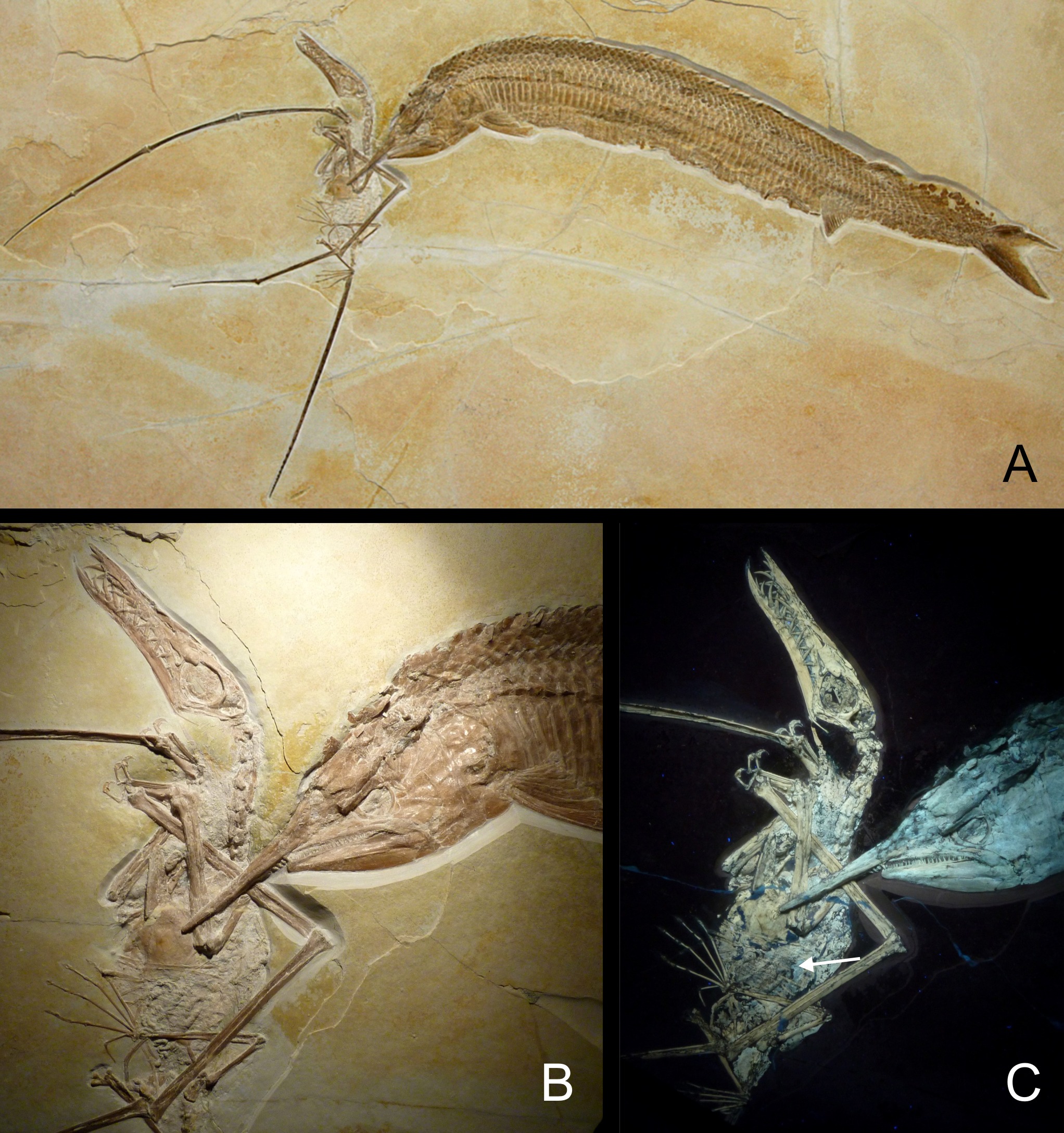
Scientists suspect they were suddenly engulfed in a volcanic mudflow and buried alive during mortal combat. This duel was ultimately doomed for both mammal and dinosaur. The entwined animals were buried mid-melee by a flow of volcanic debris from a nearby eruption that preserved both predator and prey in exquisite detail.
The area in Liaoning Province where the virtually complete fossil was found is called the “Chinese Pompeii,” owing to various fossils of animals buried in volcanic eruptions. Nature’s catastrophe became paleontology’s treasure trove, preserving this extraordinary moment for eternity.
Modern Parallels to Ancient Courage
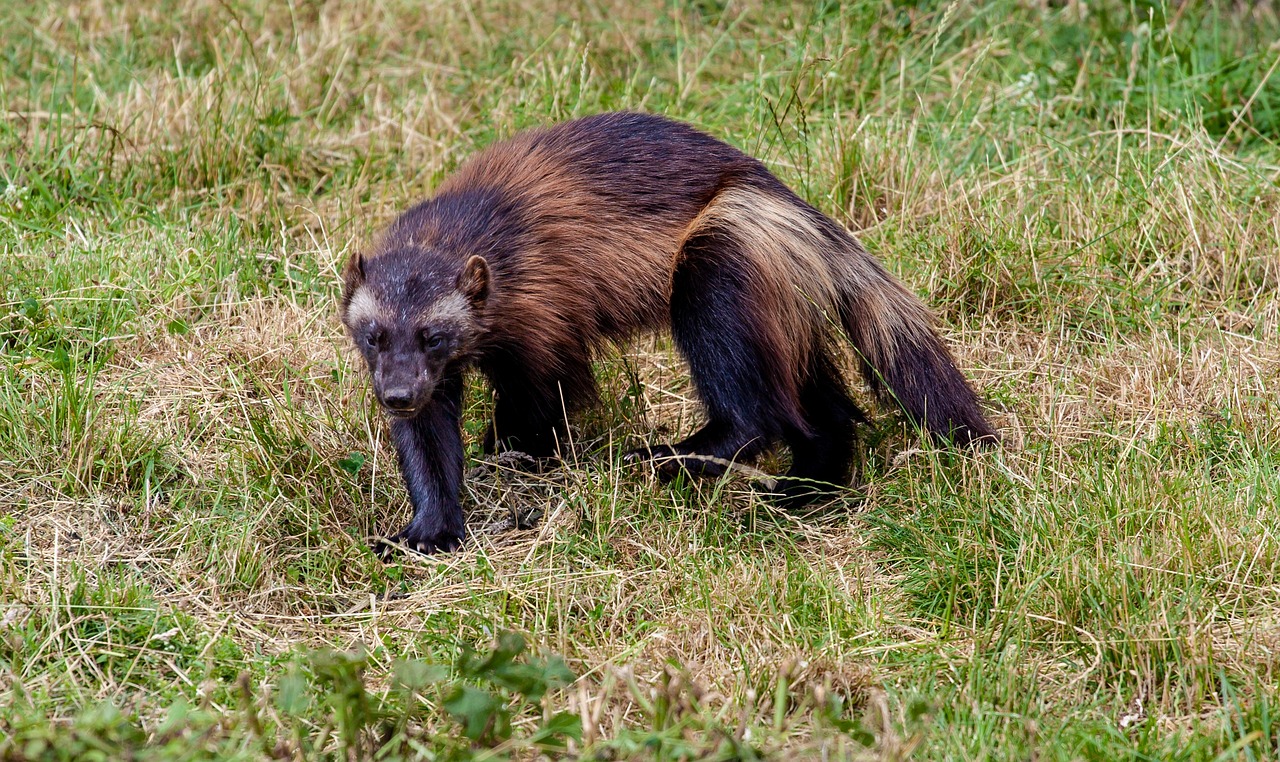
Analogies of smaller animals attacking larger prey are known in the modern world. Mallon and Wu note that some lone wolverines are known to hunt larger animals, including caribou and domestic sheep. And on the African savanna, wild dogs, jackals and hyenas will attack prey that are still alive, with the prey collapsing, often in a state of shock.
To determine if pursuing such large game was plausible, the team created a computer model comparing predator and prey sizes across living mammals. This data set included modern-day carnivorous predators such as wolverines, which have been known to attack prey several times their size – including moose and reindeer. Nature’s patterns repeat across millions of years.
Breaking the Mammal Stereotype
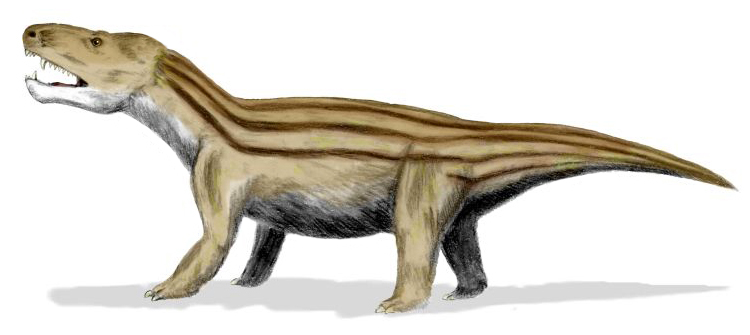
“Dinosaurs nearly always outsized their mammal contemporaries, so traditional belief has been that their interactions were unilateral – the bigger dinosaurs always dominated.” “Almost without exception, dinosaurs were larger than mammals,” Jordan Mallon, a paleobiologist at the Canadian Museum of Nature in Ottawa and co-author of the study, told Gizmodo in an email. “The working assumption has therefore been that dinosaur-mammal interactions were one-way, which is to say that the larger dinosaurs always ate the smaller mammals.”
Most mammals during the Mesozoic Era, the age of dinosaurs, were shrew-sized bit players in the larger theatre of life, doing well to avoid becoming someone else’s lunch. Repenomamus shows that at least some mammals gave as good as they got. “I think what’s key here is that Mesozoic food webs were more complex than we had imagined,” Mallon said.
The story of these tiny mammals isn’t just about survival – it’s about courage, adaptation, and the incredible power of evolution to find solutions where none seem possible. So the next time someone tells you that small mammals are boring, remember the tiny pioneer mammals that outlived even the mightiest giant reptiles – and took over the world!
What do you think about these fearless little warriors who dared to hunt in the shadows of giants? Tell us in the comments.



